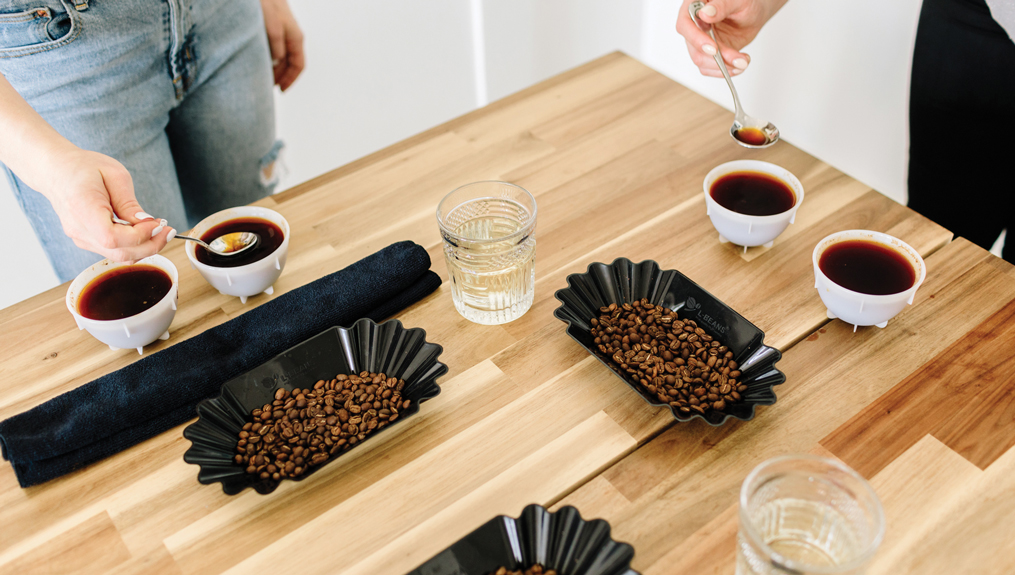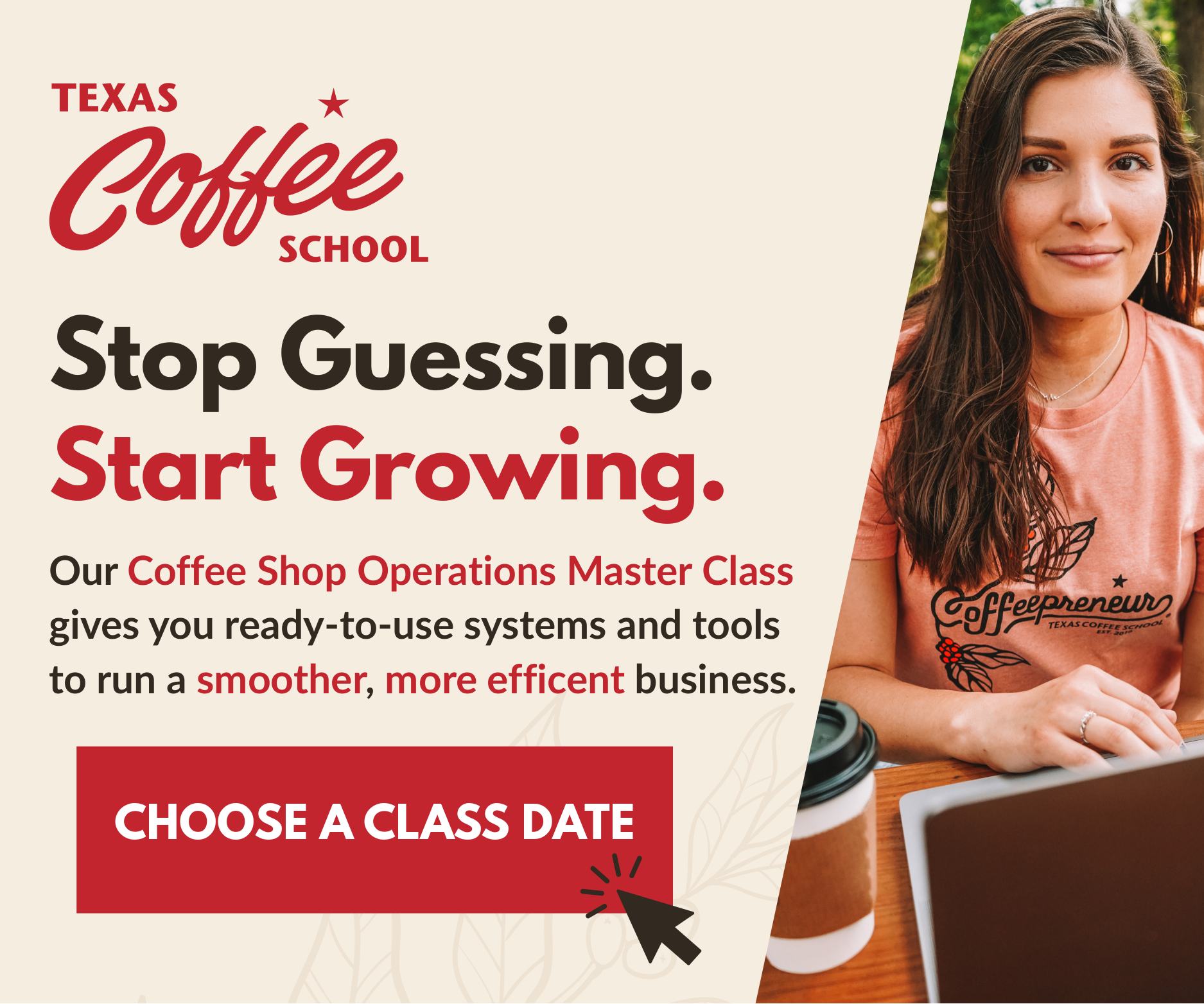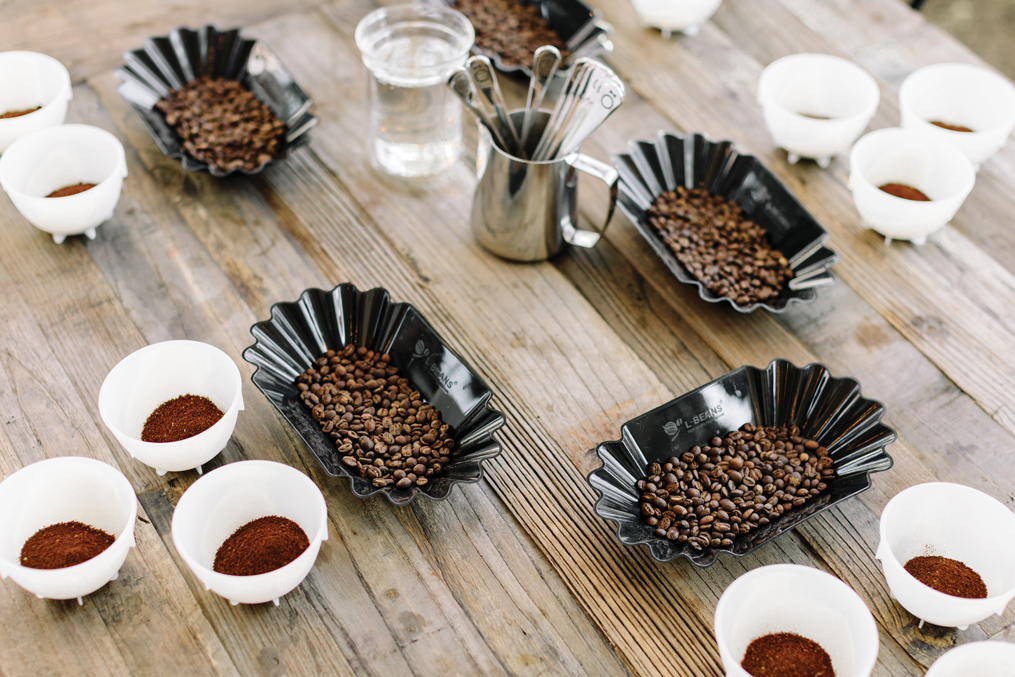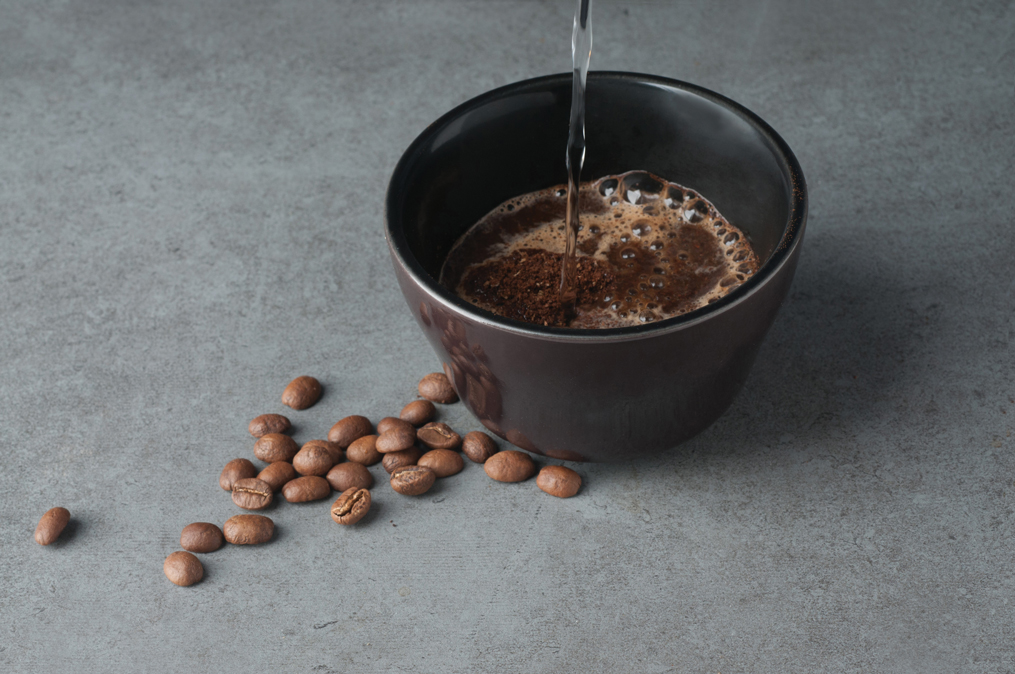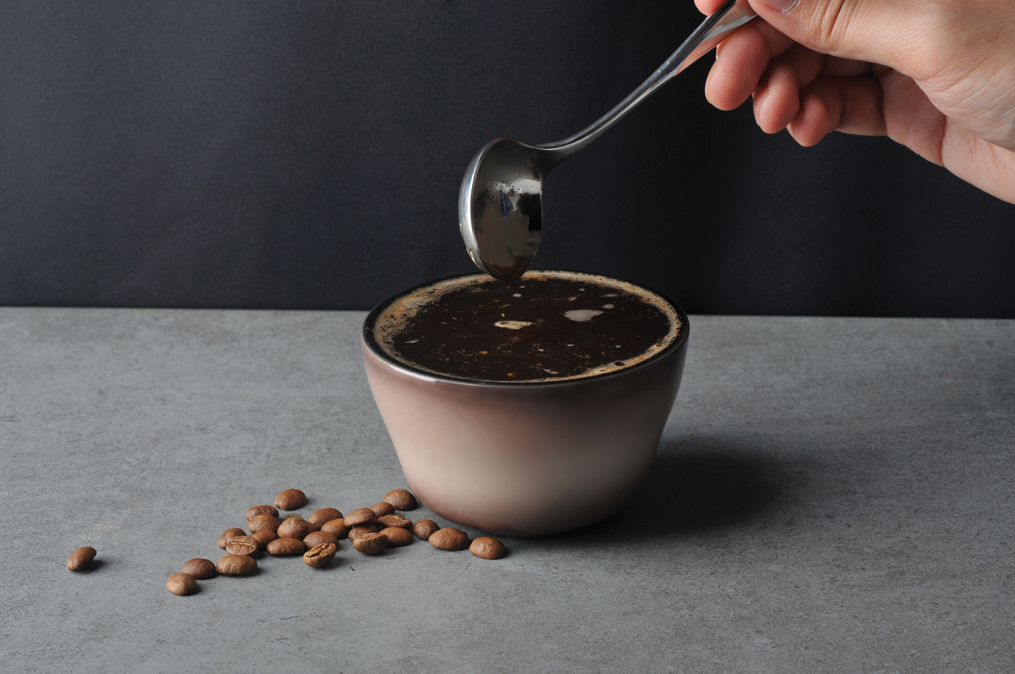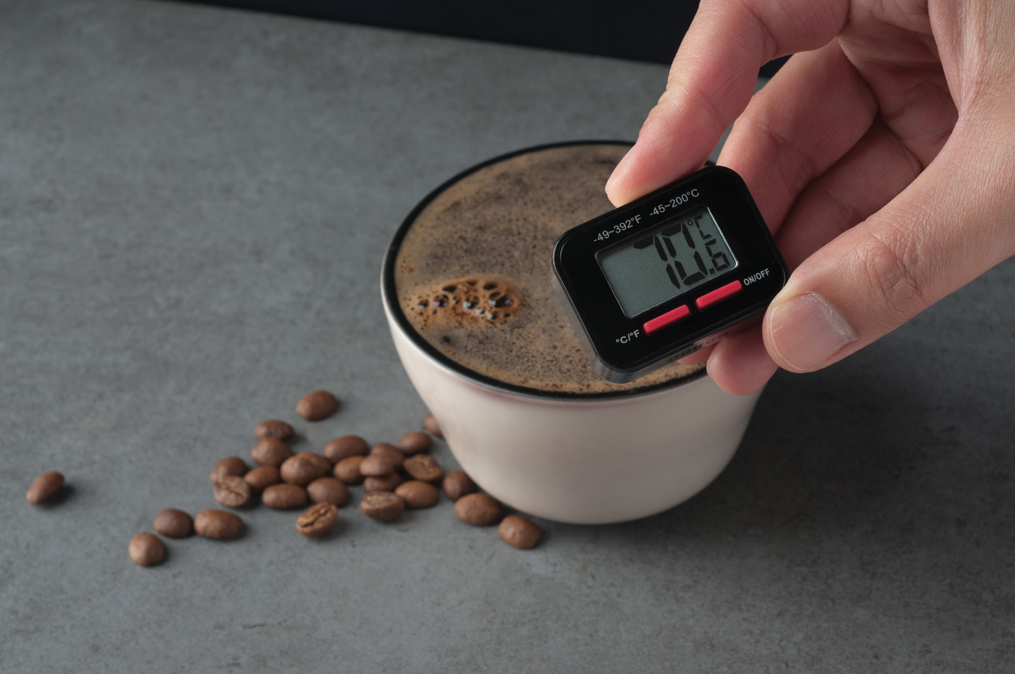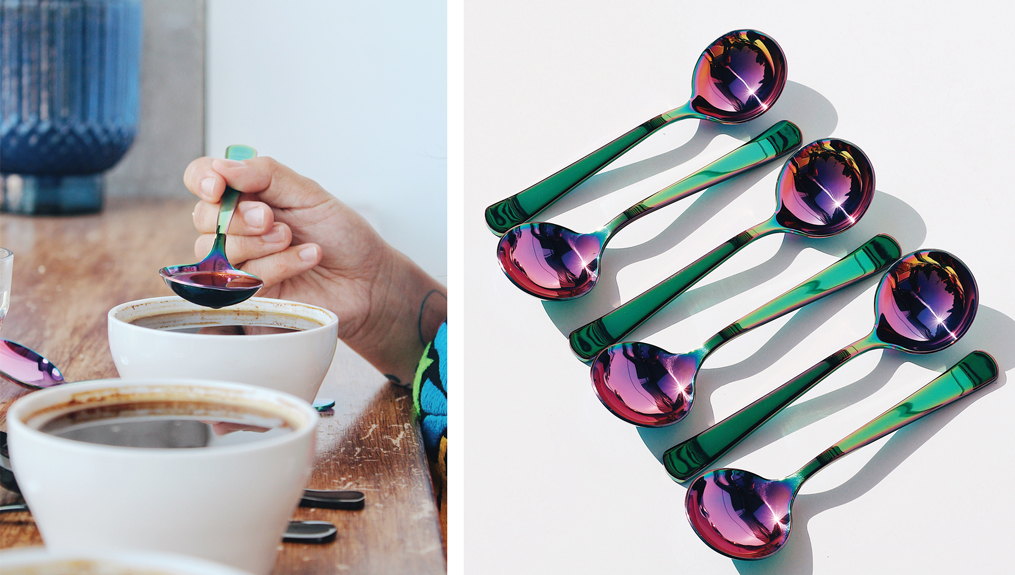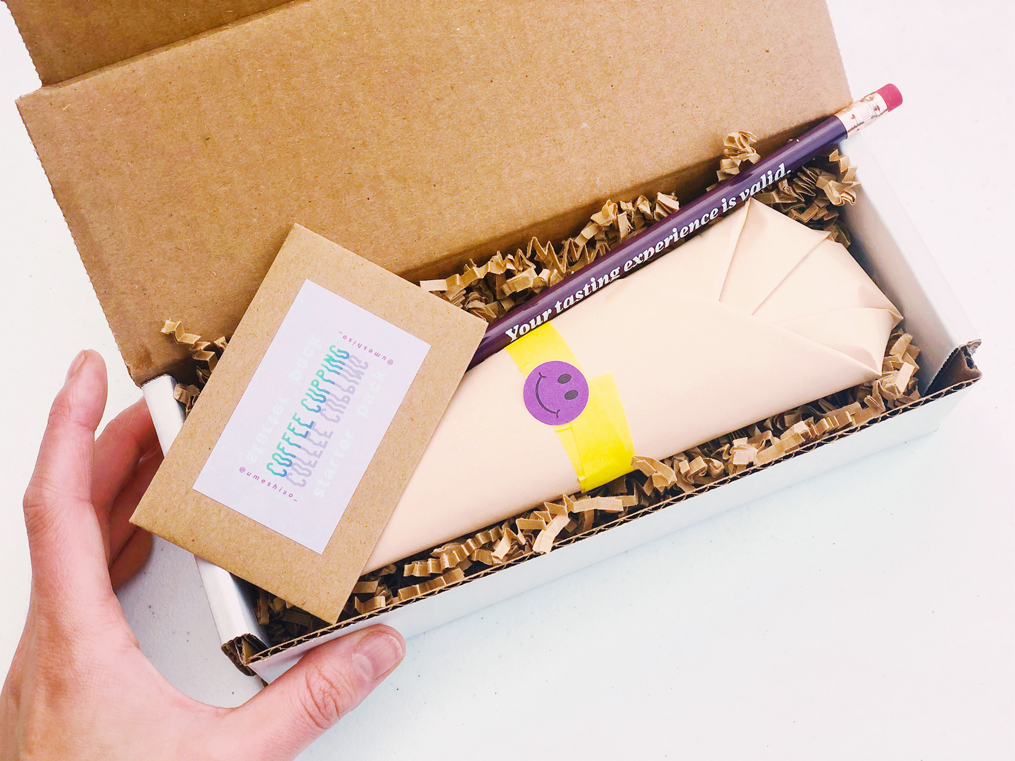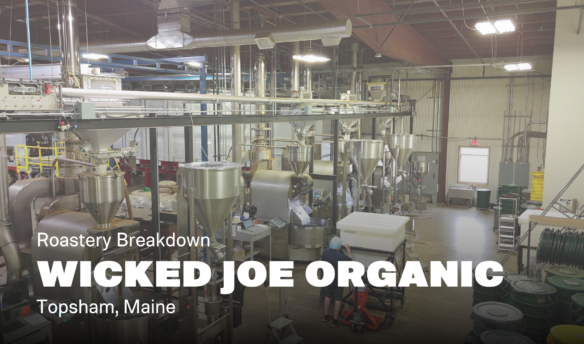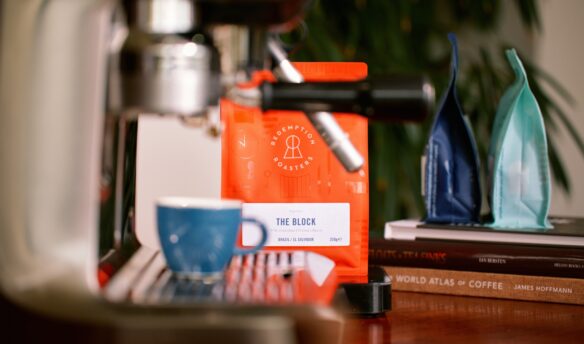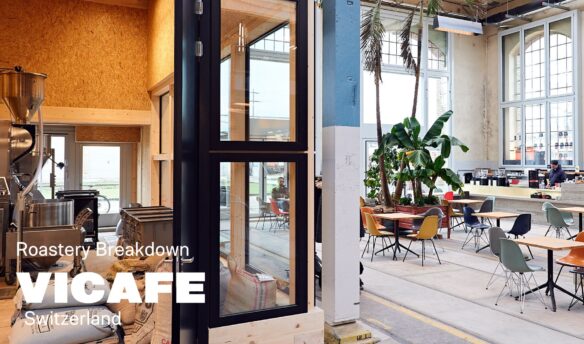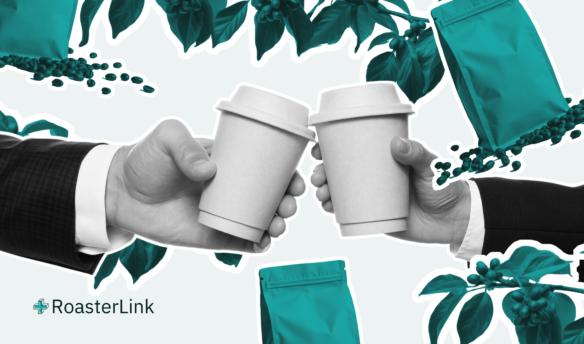Cupping photo courtesy of Fellow.
In the specialty coffee industry, cupping is a tradition and a practice that allows for coffee from all over the world to be tasted side by side, bringing out the smallest details of each unique growing region.
While it has its conventions, cupping is changing: equipment now caters to first-timers and veterans alike, sensory evaluation classes are more readily available, and public cuppings continue to pop up in cafés around the country, meaning a whole host of people are becoming exposed to the process.
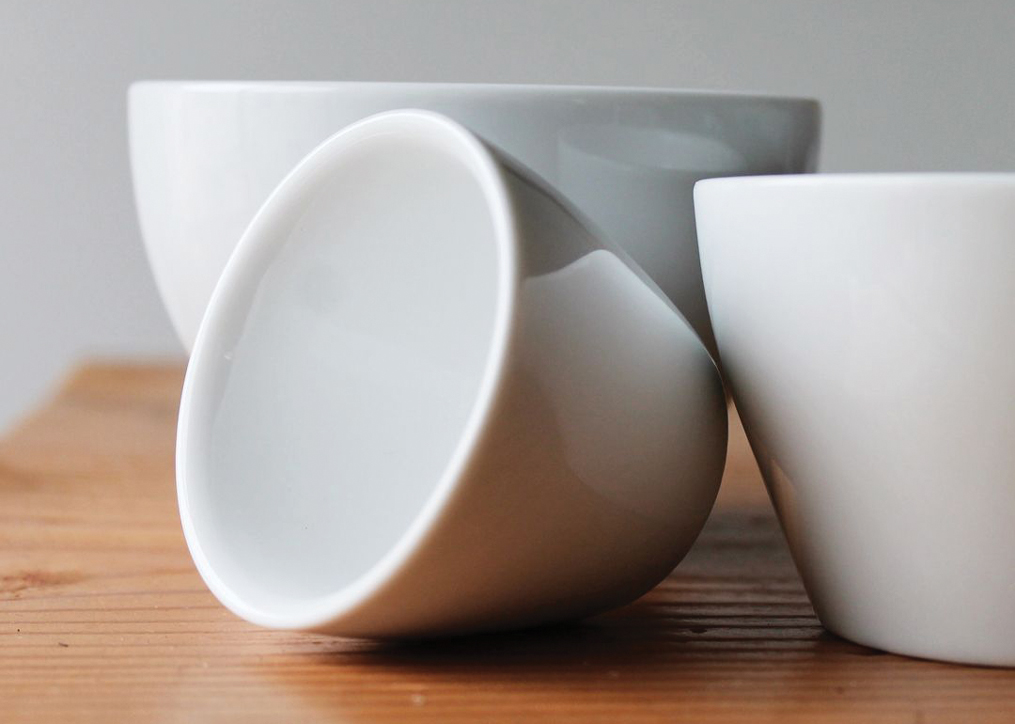
Meanwhile, the equipment behind the process can make a serious difference when it comes to taste. Many companies are forging the way with forward-thinking products, from Loveramics cups that will tell you when the water temperature is just right, to kettles that produce precise temperatures down to the one degree from Brewista and Fellow. And then there are those who bring a design-forward approach to the experience, like notNeutral’s SCA-standard MENO Cupping Vessels, our proudly stand out, like Umeshiso’s rainbow cupping spoons.
As we warm up to a new decade of cupping, Fresh Cup takes a look at how the sensory evaluation practice is changing.
Just Add Tech
Cup of Excellence, based out of Portland, Oregon, is known as one of the most prestigious high-quality coffee auctions and competitions in the world. Historically, the group holds up to 12 different country competitions, but averages about 10 to 11 each year, with Ethiopia recently added to the list of countries it will host in 2020. The equipment they use matters because it can determine the outcomes of their countless cupping sessions.
“Every country has a choice, within reason, to use equipment they can source because it can be difficult and expensive to buy products from other countries because of tax tariffs,” says Darrin Daniel, executive director of the Alliance for Coffee Excellence, which runs the competition. “We give general guidelines on what we like to see as a minimum, anything from grinding equipment to water specifications, which is the most important thing.”
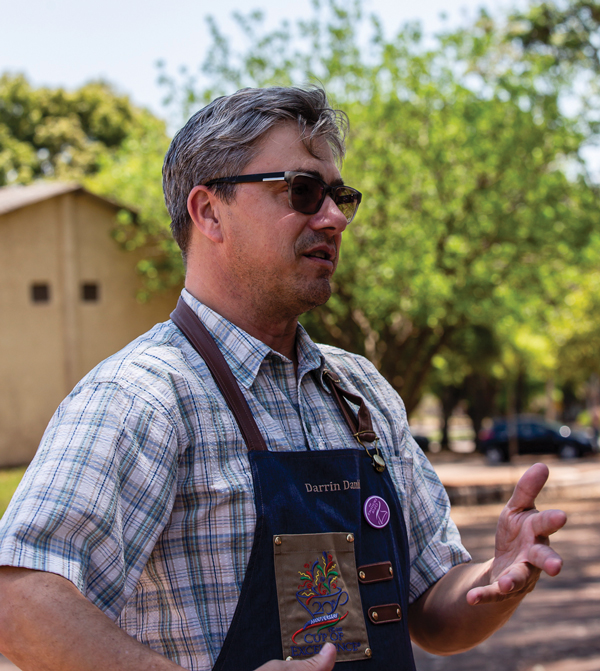
Daniel says there are tools that some may not see as traditional cupping equipment but make the process easier, including iPads with the Cup of Excellence cupping form on platforms like Cropster.
“In the past, we had clipboards and pencils, and using the COE cupping form, you are coming up with descriptive analysis and describing flavors,” he says, bringing up the COE cupping paper form originally created by coffee veteran George Howell. “What I have found is that the cuppers busy with the iPads have the luxury of drop-down menus with the glossary and vocabulary built in. When you do a drop down, and you are looking at types of acidity, while someone may be looking for lemon, they also see other words like ‘lime’ and think, ‘Hey, it has this too.’ I feel like it frees up the behavior and the focus of the cupper. I think the tablet allows people to focus on the coffee and not the form.”
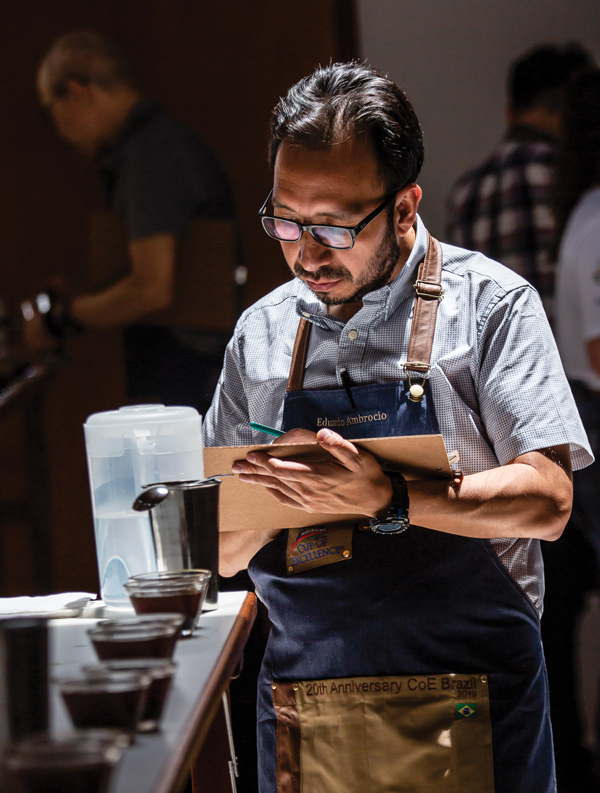
Some countries have harnesses for their iPads, allowing the cupper to be able to pick up and set it aside easily while at the cupping table.
“The big thing is accuracy with the score,” he says. “We find that cuppers after their third session, or their 40th cup, they make a mistake. They get tired, and maybe they put down 7.5 when they meant 8.5. We hire third-party auditors that come in and verify after adding up scores, and sometimes they see the marks do not add up, and go back in to change it. It is more likely with paper that you will make a mistake. The iPad allows it to see the score right away.”
Retaining the Heat
Barista Hustle Tools kicked off after founder Matt Perger thought up a line that would help others learn first and foremost. Perger recently teamed up with manufacturer Fellow, and many baristas are taking Barista Hustle Tools with them to major competitions.
Barista Hustle Tools’ Cupping Bowls (currently sold out) come in a set of 24 stackable bowls designed to be easily shippable without the worry of breakage.
“Made from high-density polyethylene plastic, our 45-gram bowls only steal 5°C of water temperature when filled. Your average 200-gram ceramic bowl will instantly suck up 13°C. Whether you use boiling water or 93.58°C, your coffee will be extracted consistently closer to your set point. Unlike ceramic, these bowls are basically unbreakable,” says Hannah Miller, Fellow’s content manager. “You don’t have to think twice about tossing them in a suitcase or worry about knocking them off a cupping table.”
Perger’s design also features six wings beneath the lip of each bowl to enable easy stacking for efficient storage. And when stacked upside down after washing, the bowls completely drain and dry themselves.
“Now that Fellow is at the helm of Barista Hustle Tools,” adds Miller, “we’re excited to continue producing these excellent bowls for cupping tables around the world.”
Set the Mood
Loveramics, a Hong Kong-based family-owned company that focuses on contemporary porcelain, opened its flagship store almost 10 years ago. Since 2015, the company has supplied the official cups for the World Latte Art Championship, most recently held in Berlin, where they were also used in Brewers Cup and Cup Tasters Competition.
“I think as a design lover, everything should be beautiful and thoughtful,” says William Lee, one of the founders. “Cupping is a rather monotonous process compared to latte art or dripping a coffee, so it actually needs a better way to present, especially at the time when roaster/green bean merchants are presenting their products. It helps them to enhance their products, basically.”
Loveramics, among their countless products, offers one that can change the mood of any cupping session: the Classic Colour Changing Cupping Bowl, which sold out last year due its popularity.
“It’s fun to see people’s reaction in coffee shows [like] ‘Woooooow,’ and then take a time-lapse video of it,” he says.
The color tells users when a cup is ready for different phases of cupping; for example, when it’s light gray, that means four minutes have lapsed for cupping to begin. Thinking about sensory evaluation’s future, equipment is an important part of making the practice work properly.
“When you try to sell a premium coffee, and about the soil and altitude and precipitation affecting quality of the coffee, you should not let a cheap steel spoon affect the taste or a plastic or paper cup to change the perception of it,” says Lee. “[Cupping] is an ancient way of food trading, so I don’t think it’s going to disappear as a raw format. However, when something has been there too long, someone will reinvent it. Today, it’s often making it more beautiful, more lifestyle, more presentable.”
A Space for Everyone at the Table
Umeko Motoyoshi is an award-winning coffee writer, educator, and creator of coffee sustainability platform @wastingcoffee, as well as the founder of Umeshiso, an online coffee supply shop specializing in cupping spoons.
Motoyoshi set out to start making their own products because they wanted to see products made for people “who don’t have products made for them.”
Umeshiso features cupping spoons with standout colors—Rosé, Goth Black, Rainbow, and Golden Hour—and that come in two styles, The Big Dipper or The Little Dipper. The Big Dipper is longer, with a lighter weight and wider, flatter bowl, highlighting its dual functionality for skimming and slurping, while The Little Dipper is shorter, heavier, and deeper, and is designed specifically for slurping. Motoyoshi recommends it for long-haul cupping tables and preventing spillage.
Beyond the spoons, Umeshiso sells stickers with cupping advice, from “it’s just coffee” and “u don’t need a loud slurp” to “tasting notes are opinions.” Another reads, “Go at your own pace. This is just coffee. You are not alone. It’s ok to not know something. You don’t need a loud slurp. Your palate is trustworthy! Your tasting experience is valid. Everyone can taste. Everyone chokes! What you taste is worth sharing. You’re doing just fine.”
Motoyoshi, a licensed Q grader with 14 years of experience, believes cupping is better when it is respectful and emotionally safe.
“The emotional component of tasting is powerful and real,” they say when asked what makes their product an enhancement to the sensory experience. “If I’m super stressed, it’s way harder for me to taste. Everything on the table will just taste the same to me. But if I’m feeling safe and confident, tasting becomes very easy.
“I want my products to remind people that they belong and they have a right to be in the room,” they continue. “Many people, especially folks who hold marginalized identities, have had extremely negative cupping experiences and it can make us feel like we don’t belong, like we’re imposters. It makes cupping way more stressful for us. I started selling rainbow cupping spoons because they disarm something honestly scary to me. They make me feel more grounded and they remind me that there are all these other people who experience the same anxieties, and they all have their rainbow spoons too. We’re not alone and we belong.”



